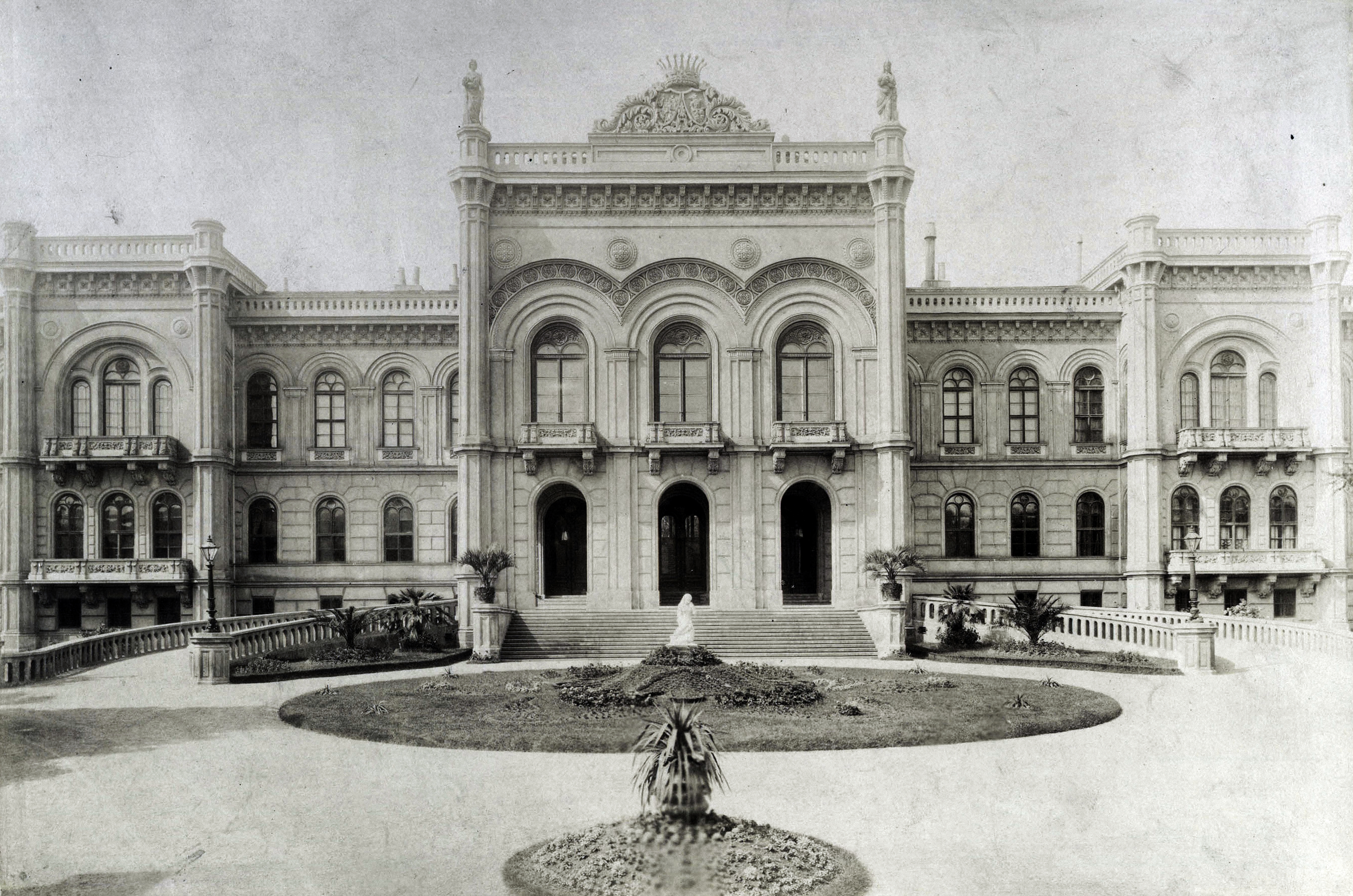When the Karátsonyi Palace was completed in Romantic style in the 1850s, it was one of the largest and most ornate buildings in Buda at the time. Such grandeur was required as its owner, Guidó Karátsonyi, was one of the movers and shakers of the city’s social life and held huge balls and carnivals here. The palace was visited not only by Franz Joseph and his wife Elisabeth, but also by Alfonso XIII of Spain and inveterate playboy Edward VII.
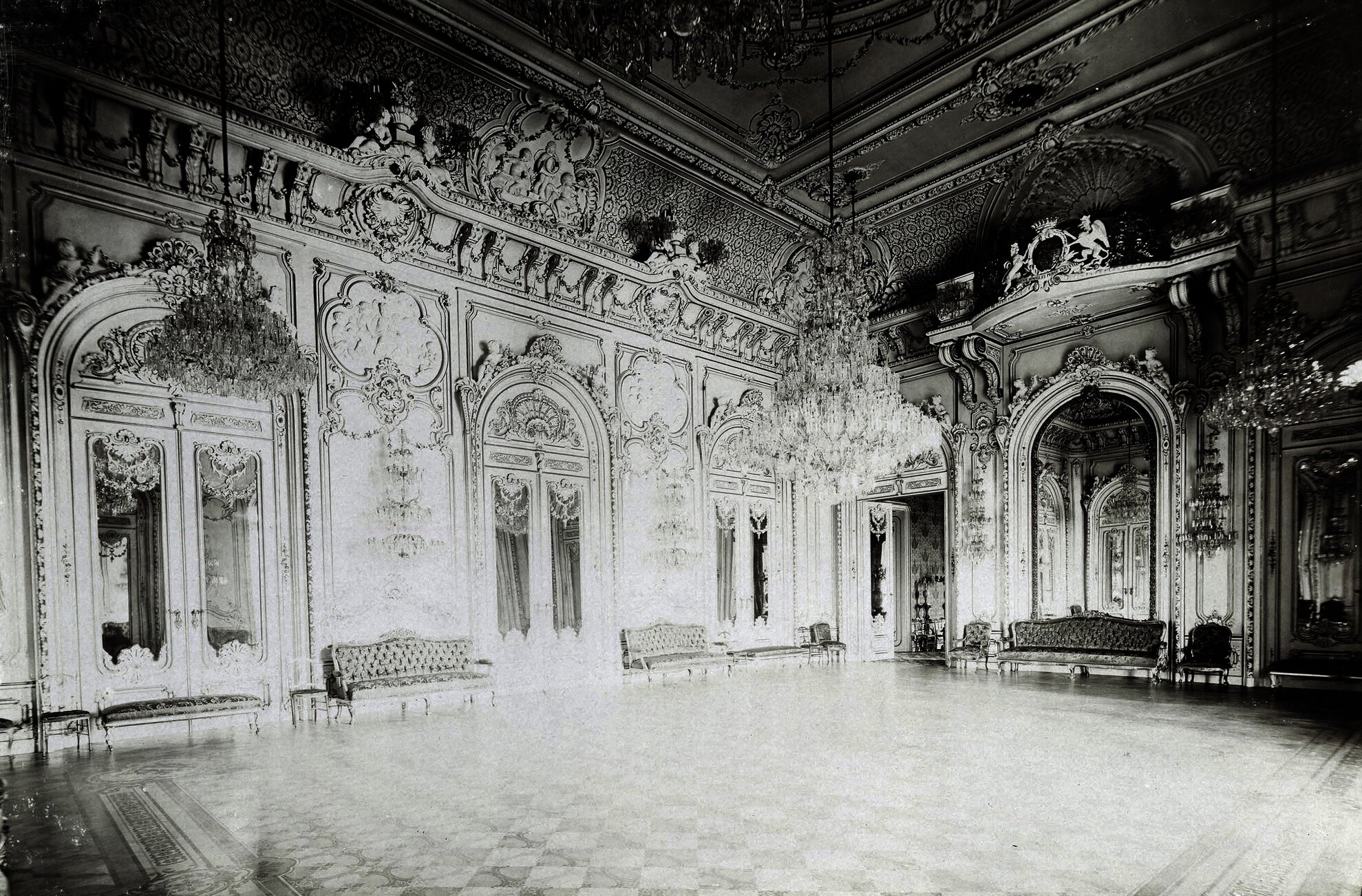
To entertain guests, there was not only an ornate ballroom but also a 300-seat theatre, where the most famous artists of the day performed, so gentlemen could enjoy concerts by Franz Liszt and evenings with Hungarian stars Lujza Blaha and Róza Laborfalvi. They could also sip of champagne around interiors adorned with Neo-Baroque ornaments, marvelling at the collections in the library and gallery.
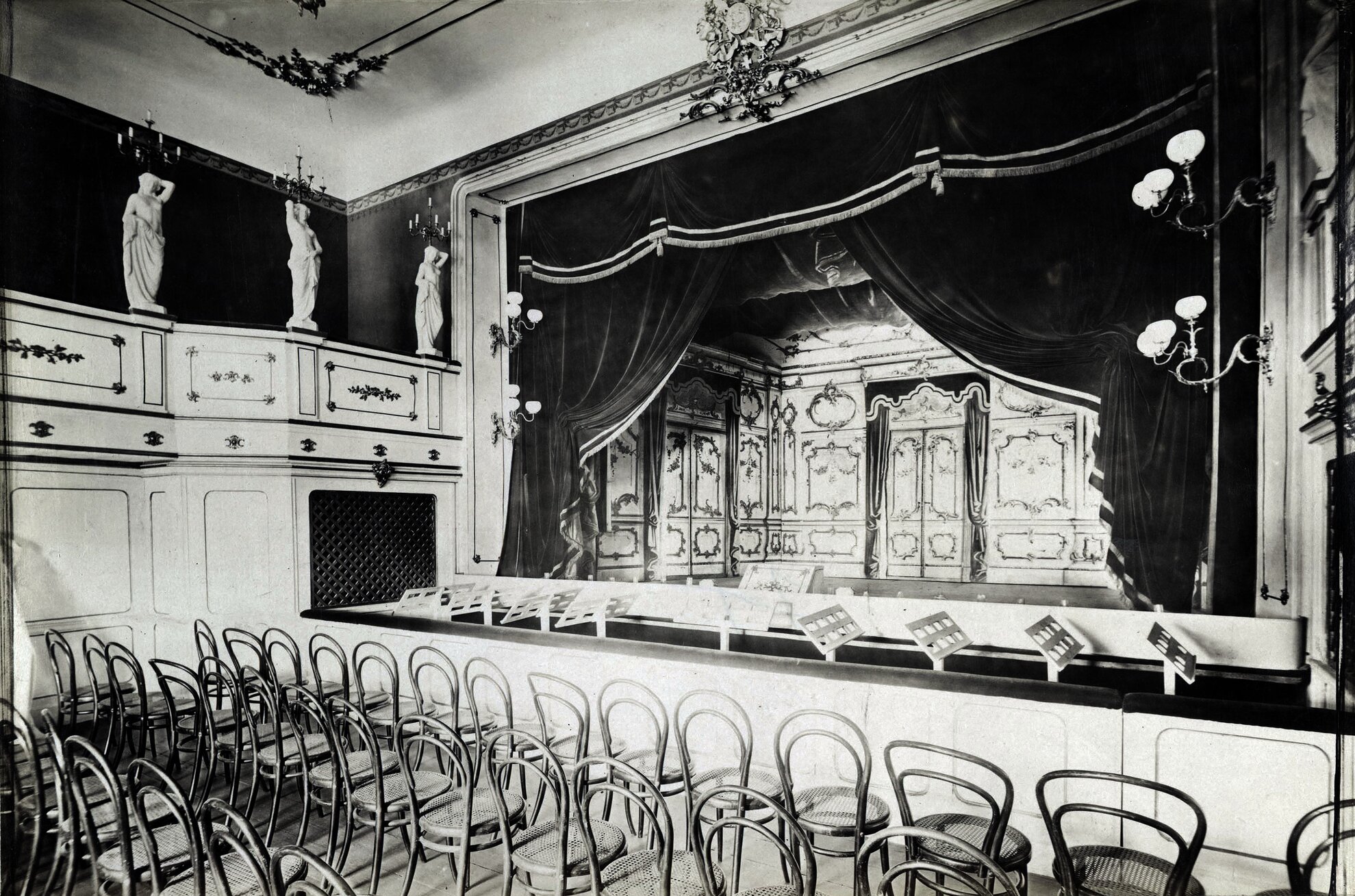
Indeed, Guidó Karátsonyi was one of the greatest supporters of the arts in the 19th century, in 1858 he established a foundation at the Hungarian Academy of Sciences of 100,000 pengő to reward the best playwrights every two years, supporting famed dramatists Gergely Csiky and Edé Szigligeti.
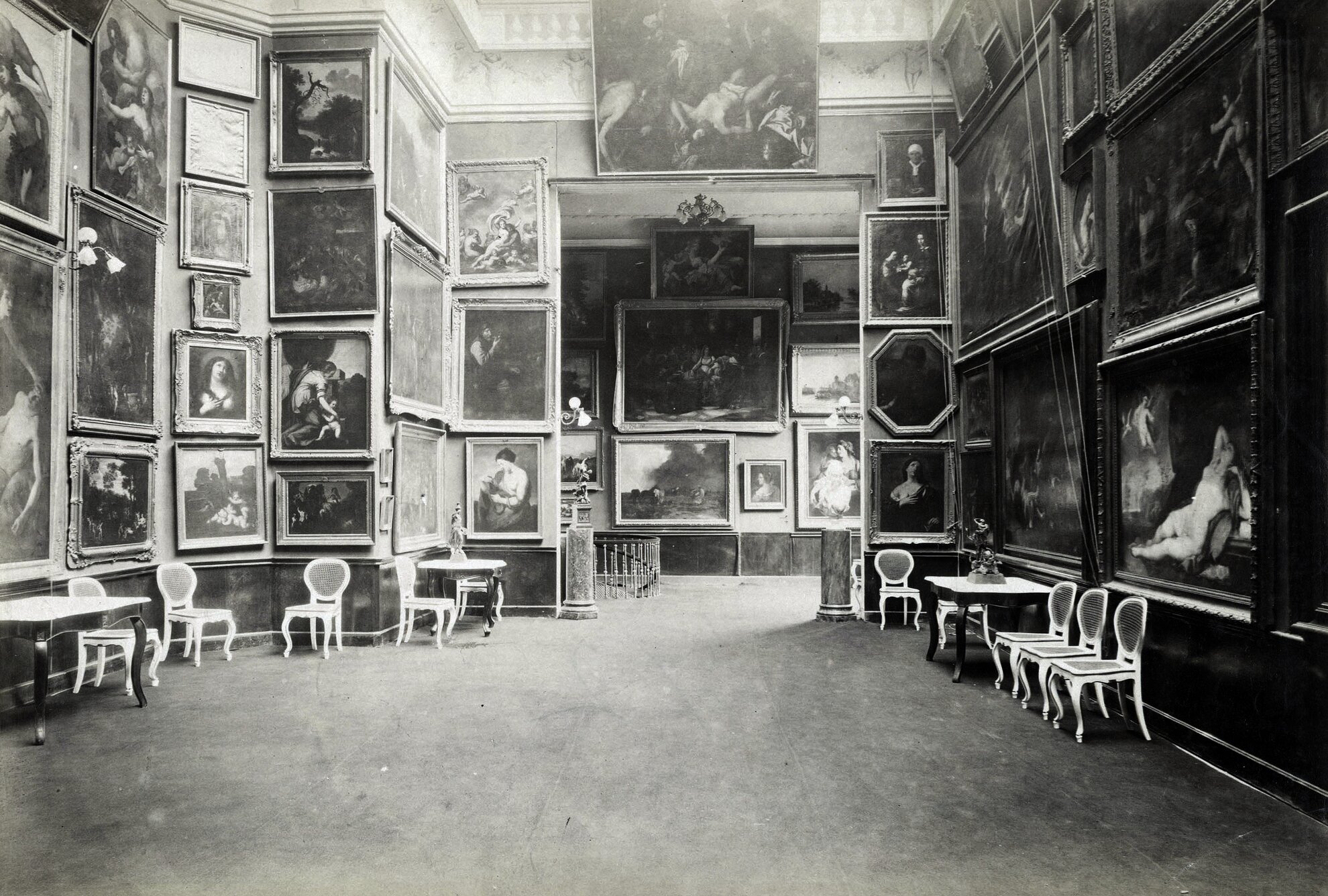
But his passionate love of culture was also reflected in the continuous enrichment of the gallery, which he mainly filled with paintings by Baroque artists. One of the most famous items is The Fall of Man by Jacob Jordaens, now owned by the Museum of Fine Arts.
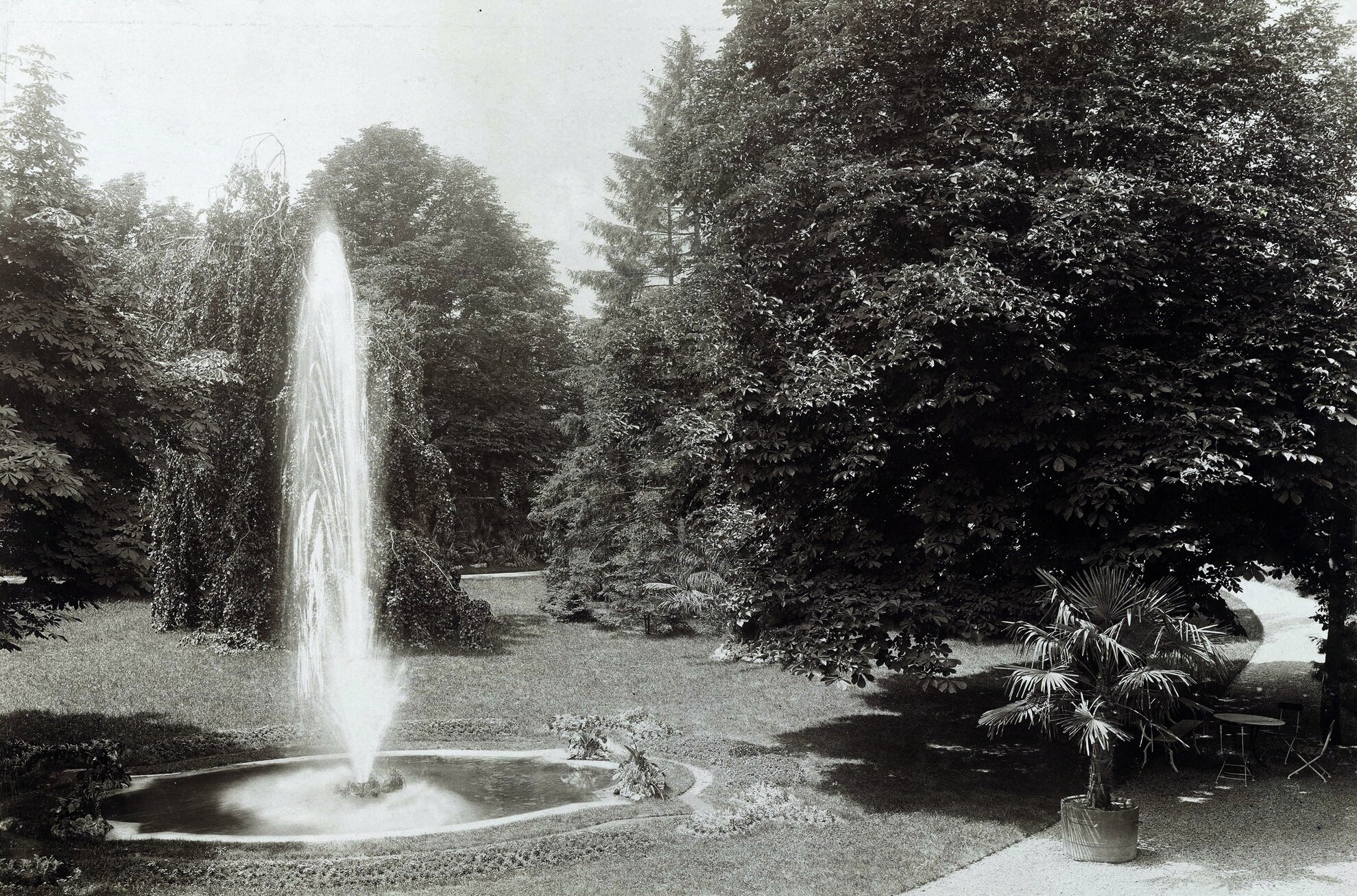
Guidó Karátsonyi was a popular figure in the tabloids of the day, and talk of his 1898 carnival ball reverberated around its pages for weeks afterwards.
Royal visit
“In aristocratic circles, there is still no talk of anything other than the fairy-tale Karátsonyi Ball. It was a real hit of this year’s carnival season and even gained its place in history, the king also honouring one of his loyal subjects with his presence,” wrote the Országos Hirlap edited by famed author Kálmán Mikszáth.
The romantic style, the façade, the arcades, the wide driveway and the ornate staircase are now resigned to the past, with a huge office building towering in their place. But neither World War II nor urban planning were to blame. World War I brought Guidó Karátsonyi to the brink of bankruptcy, after allegedly living way beyond his means. He had to take out a mortgage on the building – rumours of its sale were greatly exaggerated.
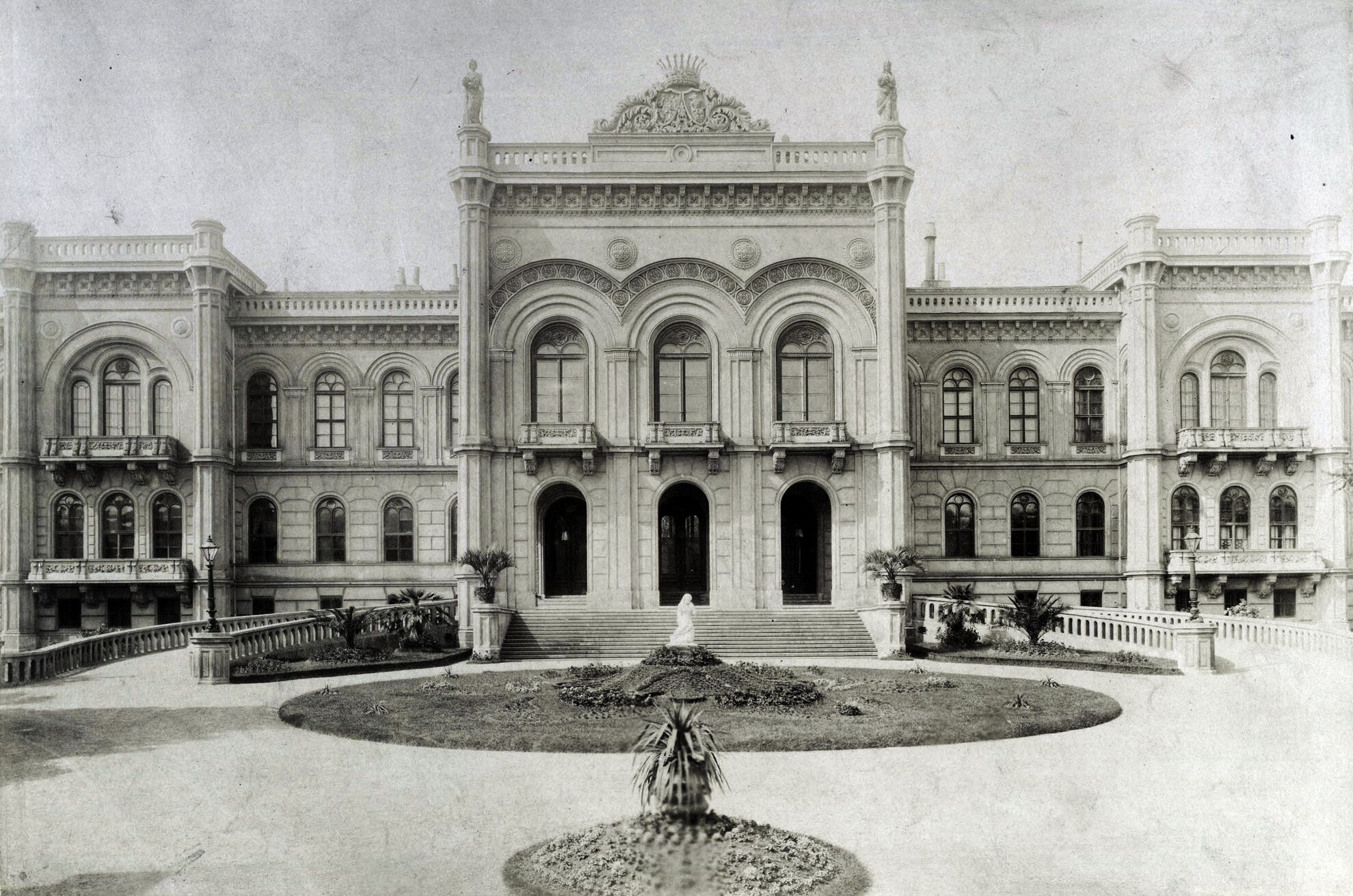
After his death, his heirs no longer knew what to do with the building, an ever-bigger millstone for the family. In the 1930s, it was auctioned off at a price just below 121,000 pengő – when a decent monthly salary was 200 pengő – although the value of the palace had once been estimated at more than a million.
The vacated property was eventually demolished, and the Hungarian government planned to build a German school on the plot, a friendly gesture towards the Reich. However, with the outbreak of the war, this idea was dropped, and in the 1950s the Socialist headquarters of the Design Institute of the Ministry of Metallurgy and Mechanical Engineering were built here.
